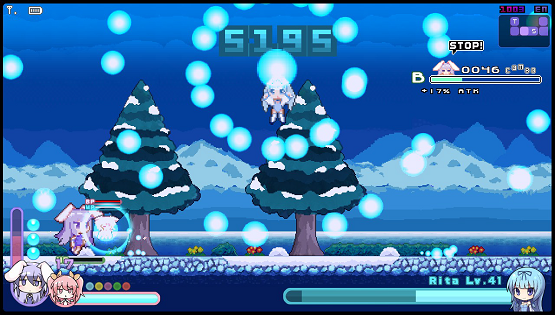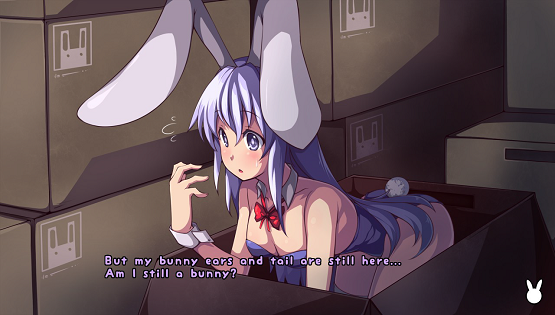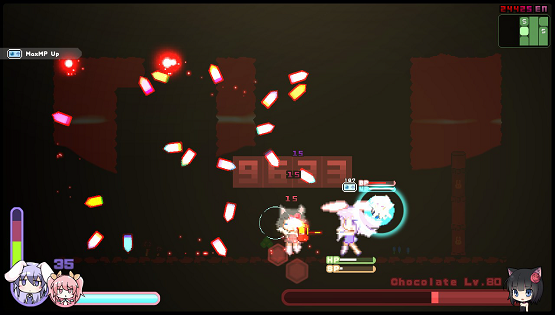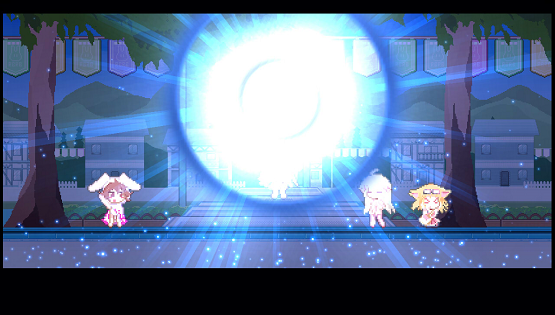I’ve been reviewing games for about three years now, and there’s been one thing that’s stood out to me as the best perk of the job – being introduced to games I absolutely would not have played if left to my own devices. Sure, not every one of them is a winner – and in fact, I’ve played my fair share of games that unfortunately failed to capitalize on their potential (or didn’t even try to have potential in the first place) – but it speaks to my love for the medium that I rarely come away from a video game feeling as though I’ve totally wasted my time. Even among the worst of the worst, I’ve found games that made me feel like I’d learned something about how not to design a game, and others so bizarrely bad they had me doubled over in laughter – which, even if unintentional, still technically provided me with something valuable. Then there are the games that fit into that most delightful of categories: the “I couldn’t have been more wrong about this” category. As you might have guessed, Rabi-Ribi fits right into this one.
I’ve been self-described, unashamed “weeaboo trash” since junior high, but there’s always been something about this particular brand of moe game that’s always creeped me out a little bit. Scantily clad girls are hardly a rarity in the Japanese gaming world, but when they start to take on the proportions of eight-year-olds in every single area but the chest, I feel as though I’m looking at something I really shouldn’t be looking at. Needless to say, that’s the first major reason why I wasn’t exactly expecting to find much enjoyment out of Rabi-Ribi. The other reason is its emphasis on brutal difficulty, mainly around its bullet hell elements. And hey, while I like a good challenge as much as the next guy, I find I just can’t get into games that are hard merely for the sake of being hard. Thankfully, both of my concerns were swiftly alleviated once I started playing.
Been There, Kawaiiiiii desu-d That
That’s not to say the story or characters in Rabi-Ribi are good by any stretch of the imagination, though. On the contrary, I found them so insipid that I felt my enjoyment of the experience rise significantly once I decided to skip the story elements and just enjoy the gameplay (and, it must be said, I was never confused about what to do next thanks to excellent marking of objectives). I’m sure there are other folks out there that would have the patience to sift through the pages and pages of cutesy-patootsie moe bologna that make up the script, but it had me reaching for a barf bag within minutes. It seems to have every possible cliché a Cute Girl Story can have, from characters who “adorably” speak in third-person to those who commit horrible acts of violence, but have just such a “precious” naivete about it. Been there, done that; I’ve suffered through several Sword Art Online games with this exact same slate of lame archetypes, and I wasn’t interested in doing it again here.
Thankfully, as I suggested before, there is no shame or harm in simply skipping over this stuff and enjoying the best part of Rabi-Ribi – an extremely well-built Metroidvania that players of any skill level can find enjoyment in. That second of my major concerns was alleviated when I saw the number of difficulty options here, which range from “breeze through the game to enjoy the story” all the way up to “experience the pain and agony of dying until you can do a perfect run.” Even better, there’s a sort of ingenious additional option that lets players further customize their experience based on their play style. In “Standard” mode, backtracking is minimized and players don’t have to agonize over what weapons they’ve found in order to beat the bosses, while in “Alternative” mode, it’s pretty much mandatory to explore a lot and find the right items to beat each Big Bad (a sort of Mega Man-esque twist on the formula).
A World Well Worth Exploring
Whatever you choose, know that Rabi-Ribi nails the most important part of its premise: its world is an absolute delight to explore, providing the perfect mix of platforming, puzzles, navigational challenges and combat. Though the genre name Metroidvania indicates two specifically legendary franchises, this particular game reminded me more of non-linear Kirby games like The Great Cave Offensive from Kirby Super Star and Kirby and the Amazing Mirror. These lands are colorful, cartoonish and wildly varied, and there’s less of an opportunity to get lost if you just want to move forward with the story. I like that last bit in particular. It’s enough of a rarity to see a game that lets you select from such a comprehensive range of difficulty options, but then the game itself accommodates multiple play styles from there. Those who want to fly through the game in record time are allowed to do so, and those who want to explore every nook and cranny the world has to offer are rewarded for their instincts.
I was somewhat taken aback – in a good way – at just how many options there are with regards to character customization. Obviously, there are a whole slate of items that allow you to jump higher or slide under tight spots, but then there are also a ton of optional items to find and/or buy, from special laser weapons for your fairy companion to use to Paper Mario-style badges that can be attached for various beneficial effects. It adds a whole set of RPG complexities to an already robust piece of Metroidvania genre work, and these wrinkles came to be a fun differentiator as I progressed (it’s quite addicting to try to collect all the best items).
Easy on the Eyes, Empty on the Ears
If you’re into pixel art, Rabi-Ribi provides a feast for the eyes. As distasteful as I found some of the characters’ designs, I couldn’t help but enjoy how they rendered in chibi sprite form. Along with the environments and bullet effects, they provide a blast of nicely animated, highly varied color that looks just great on PS4. Having just played and enjoyed Sonic Mania, too, I’ve got to hand it to developers for blowing through the tired stereotypes about pixel art being “dated” and creating some games that are truly fun to look at. It’s a shame I can’t say the same about the soundtrack, which is a mix of cheerful, but ultimately bland and unmemorable techno. With some backtracking both necessary and encouraged, this is a game that could have greatly benefited from a catchy OST to lend another layer of immediate recognizability to the various locales (not to mention incentive to return, as I often find with the excellent soundtracks of other Metroidvania games).
I was happy to find that Rabi-Ribi was, on the whole, a totally unexpected and delightful discovery for me on PS4. While I wasn’t enthused by what I initially saw in trailers and such, I found myself happily proven wrong by the actual content. Exploring the bright and colorful world is a blast, especially when there are so many different (and fun!) items to collect and customize your heroes with. Plus, a number of varying difficulty options and a willingness on the game’s part to accept different play styles make certain that just about anyone who enjoys the Metroidvania, bullet hell and/or RPG genres can find something to enjoy here.
Rabi-Ribi review code provided by publisher. Reviewed on PlayStation 4. For more information on scoring, please read our Review Policy.
-
Fun, easy to pick up Metroidvania-style gameplay with lots of collectibles and customization
-
Offers many levels of difficulty so players of any skill level can have a good time
-
Cute, colorful pixel art
-
Fairly forgettable, bland soundtrack
-
Story and characters are insipid











